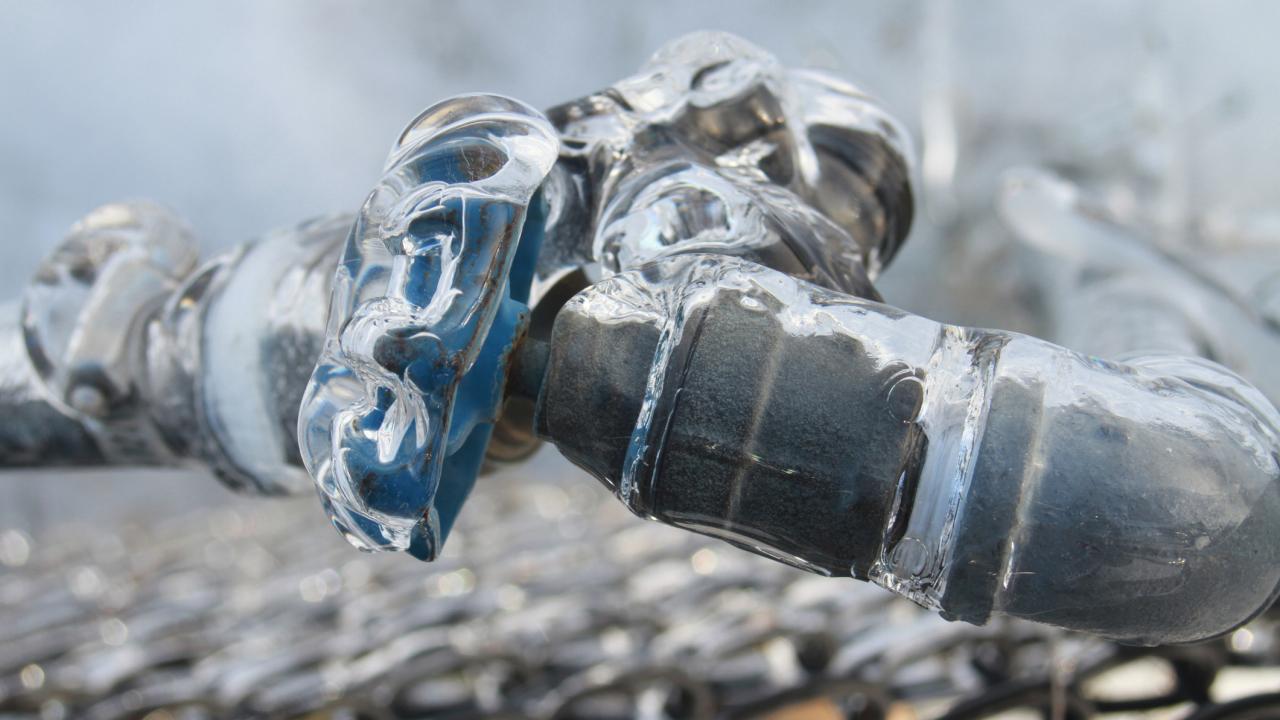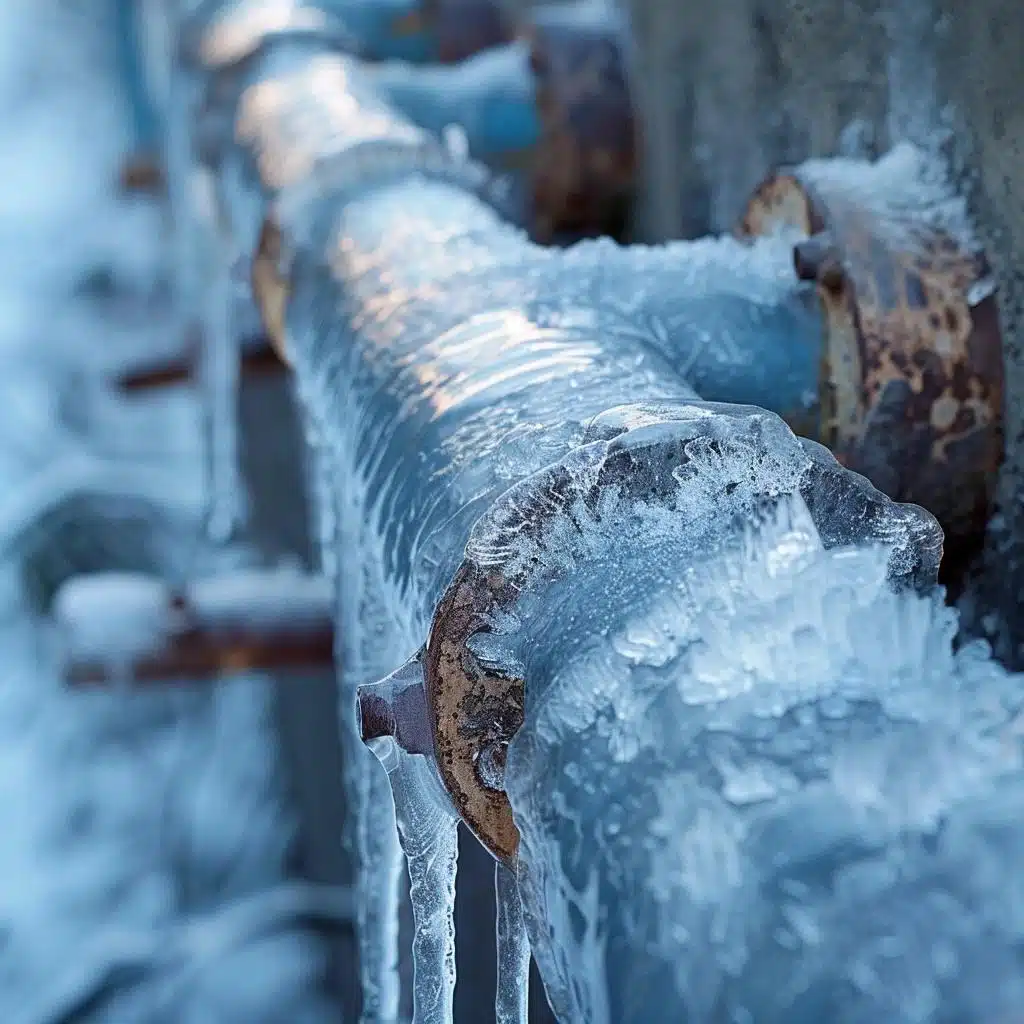Advice for Preventing Frozen Pipes in Cold Weather: Specialist Advice
Advice for Preventing Frozen Pipes in Cold Weather: Specialist Advice
Blog Article
We've stumbled on this great article involving Preventing and dealing with frozen pipes down the page on the internet and thought it made sense to write about it with you on this site.

Cold weather can damage your pipes, especially by freezing pipelines. Here's just how to avoid it from occurring and what to do if it does.
Intro
As temperature levels decrease, the danger of icy pipes increases, possibly resulting in pricey repair work and water damages. Recognizing just how to prevent frozen pipes is important for home owners in chilly environments.
Avoidance Tips
Insulating at risk pipelines
Cover pipes in insulation sleeves or use heat tape to safeguard them from freezing temperatures. Focus on pipes in unheated or external areas of the home.
Home heating techniques
Maintain interior rooms appropriately heated up, especially areas with pipes. Open cabinet doors to permit cozy air to distribute around pipelines under sinks.
How to determine frozen pipelines
Look for decreased water flow from taps, uncommon odors or noises from pipelines, and noticeable frost on subjected pipes.
Long-Term Solutions
Structural changes
Consider rerouting pipelines away from exterior wall surfaces or unheated locations. Include added insulation to attics, basements, and crawl spaces.
Upgrading insulation
Buy high-grade insulation for pipes, attics, and wall surfaces. Correct insulation aids keep constant temperature levels and minimizes the threat of frozen pipelines.
Protecting Outside Pipes
Yard tubes and outdoor taps
Separate and drain pipes yard tubes prior to winter. Install frost-proof spigots or cover outdoor faucets with shielded caps.
Comprehending Frozen Pipelines
What causes pipelines to freeze?
Pipelines freeze when subjected to temperatures listed below 32 ° F (0 ° C) for expanded periods. As water inside the pipes ices up, it expands, taxing the pipe walls and possibly creating them to break.
Threats and damages
Frozen pipelines can result in water system disturbances, residential or commercial property damage, and expensive fixings. Burst pipelines can flooding homes and cause extensive structural damages.
Indicators of Frozen Water Lines
Determining frozen pipes early can prevent them from breaking.
What to Do If Your Pipelines Freeze
Immediate actions to take
If you presume frozen pipes, maintain faucets open to soothe stress as the ice melts. Make use of a hairdryer or towels soaked in warm water to thaw pipes gradually.
Conclusion
Preventing frozen pipelines needs aggressive procedures and fast reactions. By recognizing the causes, signs, and safety nets, homeowners can secure their pipes during cold weather.
5 Ways to Prevent Frozen Pipes
Drain Outdoor Faucets and Disconnect Hoses
First, close the shut-off valve that controls the flow of water in the pipe to your outdoor faucet. Then, head outside to disconnect and drain your hose and open the outdoor faucet to allow the water to completely drain out of the line. Turn off the faucet when done. Finally, head back to the shut-off valve and drain the remaining water inside the pipe into a bucket or container. Additionally, if you have a home irrigation system, you should consider hiring an expert to clear the system of water each year.
Insulate Pipes
One of the best and most cost-effective methods for preventing frozen water pipes is to wrap your pipes with insulation. This is especially important for areas in your home that aren’t exposed to heat, such as an attic. We suggest using foam sleeves, which can typically be found at your local hardware store.
Keep Heat Running at 65
Your pipes are located inside your walls, and the temperature there is much colder than the rest of the house. To prevent your pipes from freezing, The Insurance Information Institute suggests that you keep your home heated to at least 65 degrees, even when traveling. You may want to invest in smart devices that can keep an eye on the temperature in your home while you’re away.
Leave Water Dripping
Moving water — even a small trickle — can prevent ice from forming inside your pipes. When freezing temps are imminent, start a drip of water from all faucets that serve exposed pipes. Leaving a few faucets running will also help relieve pressure inside the pipes and help prevent a rupture if the water inside freezes.
Open Cupboard Doors
Warm your kitchen and bathroom pipes by opening cupboards and vanities. You should also leave your interior doors ajar to help warm air circulate evenly throughout your home.

As a serious person who reads about Winter Plumbing Precautions: Preventing Frozen Pipes, I think sharing that segment was worth the trouble. Don't hesitate to set aside a second to promote this blog entry if you enjoyed reading it. Thank you so much for going through it.
Further Details Report this page